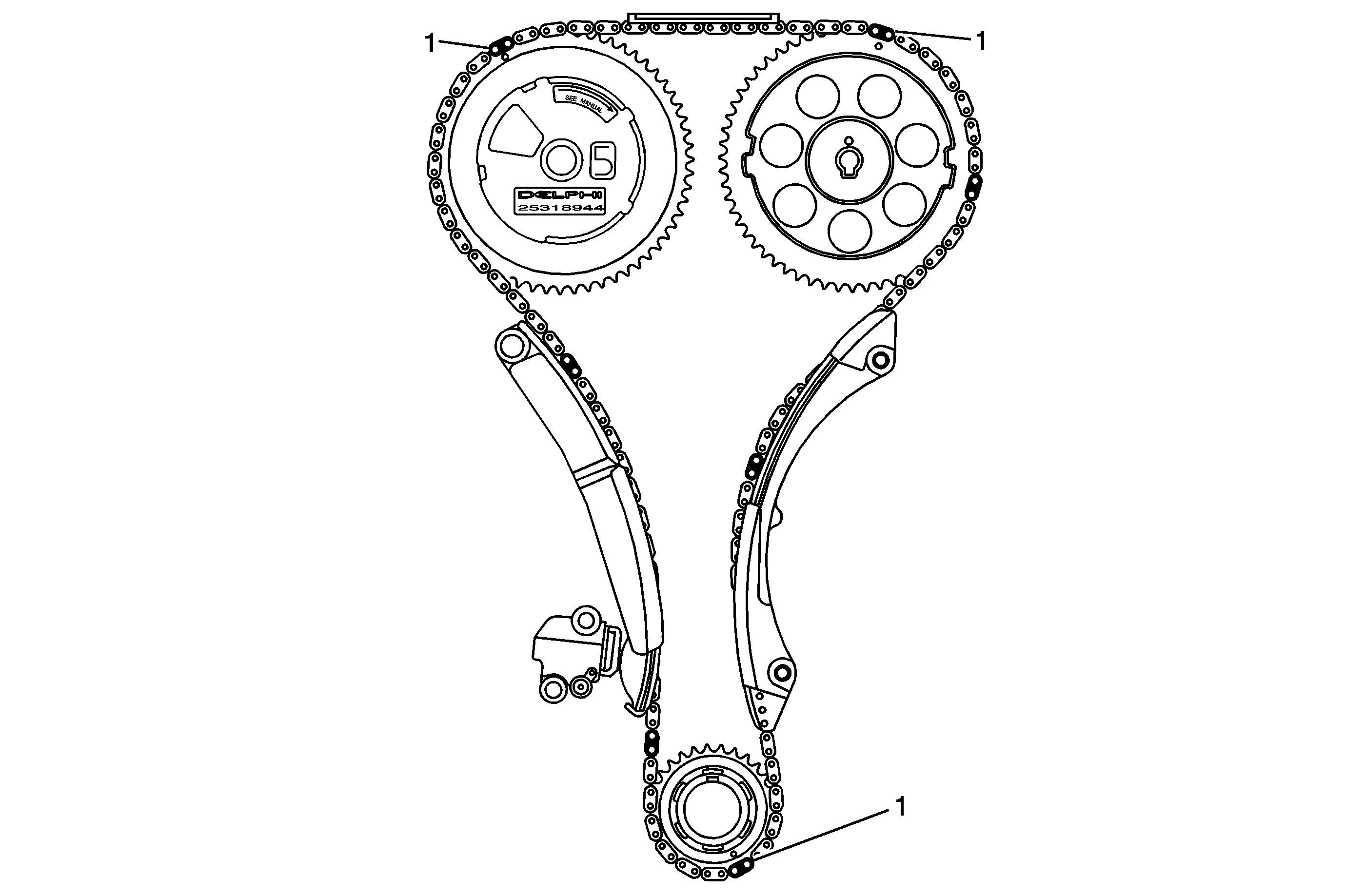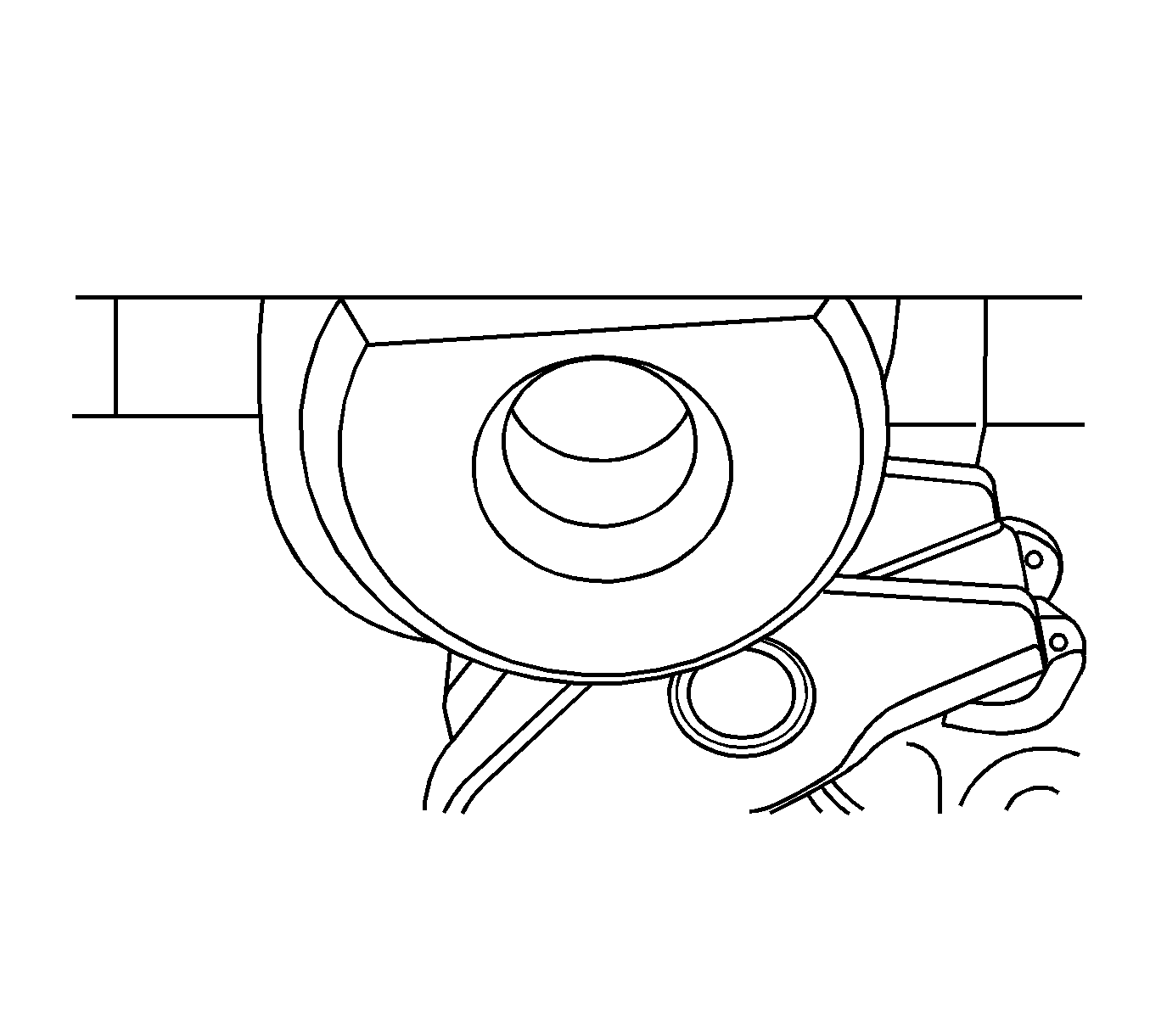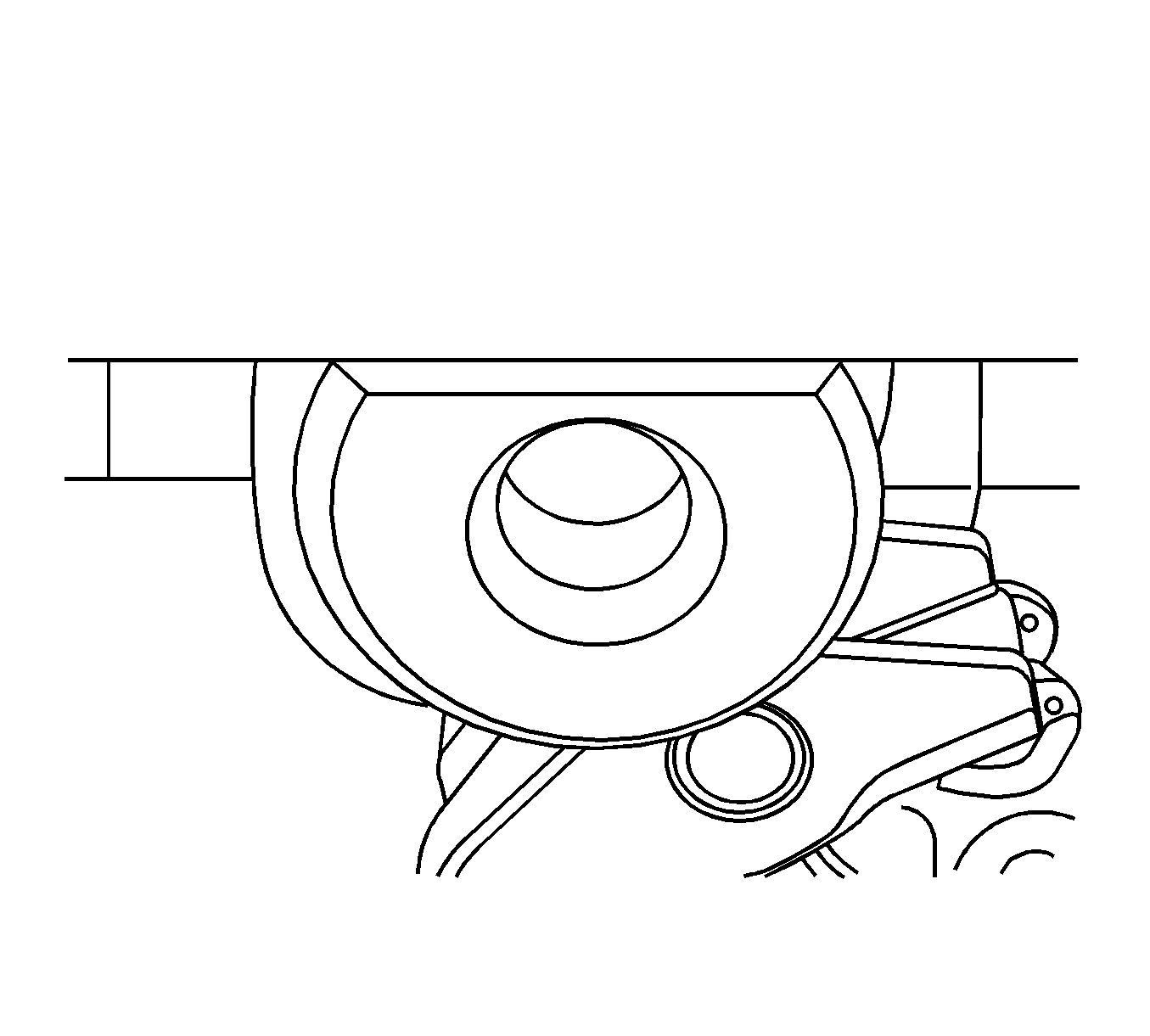SES Light After Internal Engine Repairs Due to DTC P0017 - keywords after cam correlation crank cylinder DTC head induced previous replacement seal since spring timing valve

| Subject: | SES Light After Internal Engine Repairs due DTC P0017 |
| Models: | 2004-2006 Chevrolet Colorado |
| 2004-2006 GMC Canyon |
| 2006 Hummer H3 |
| with 2.8L Engine (VIN 8 - RPO LK5) |
| or 3.5L Engine (VIN 6 - RPO L52) |
This PI has been superseded to include 2006 model years, line art, and additional mechanical engine timing information. Please discard PIP3668.
The following diagnosis might be helpful if the vehicle exhibits the symptom(s) described in this PI.
Condition/Concern:
A P0017 DTC may be encountered if the timing chain tensioner had to be reset during repairs, such as cylinder head replacement, this concern may be the result of incorrect cam to crank timing. As the timing chain tensioner is released, chain slack between the crankshaft and tensioner shoe is eliminated. As this occurs, it is very easy for the timing chain to shift one tooth at the crankshaft sprocket without being noticed by the technician, resulting in incorrect mechanical timing and a P0017 DTC.
This can be hard to detect upon reassembly because it is possible to install the cam holding tool on the rear cam flats of a mistimed engine if the #1 piston is not EXACTLY at TDC. Additionally, if the cam holding tool (J-44221) has ever been used to hold the rear cam flats to break the camshaft sprocket bolts loose, tool damage may have occurred. As a result, it may be possible to install a damaged cam holding tool on the rear cam flats of a mistimed engine. Due to these factors, a technician may believe that a mistimed engine is timed correctly.
On 2004 - 2005 2.8L and 3.5L engines, a P0017 DTC may be experienced if the exhaust camshaft actuator was damaged during internal repairs. The spline style exhaust camshaft actuator used on 2004-2005 2.8L and 3.5L engines is designed to operate between 25 degrees of retard and 0 degrees (full advance/rest/clockwise position). There is a stop tab inside of the camshaft actuator that prevents the exhaust cam from advancing beyond the rest position under normal operating conditions. This tab can bend if the exhaust cam/actuator is forced to rotate beyond the rest position (full advance/full clockwise) during internal engine repairs. This type of damage should not occur on 2006 model year and newer 2.8L and 3.5L engines because they are equipped with a vane style exhaust camshaft actuator, which is designed differently than the spline style actuator.
Recommendation/Instructions:
If the SI diagnostics do not isolate the cause of the P0017, the following information may help:
- Ensure proper mechanical timing by removing the cam cover and rotating the crankshaft up to 14 times while watching the timing marks on both cam sprockets. The timing marks should both line up with a darkened timing chain link as shown below once every 14 crankshaft revolutions. If the cam sprocket timing marks never line up as shown below, one of the cams is mistimed and should be corrected by following SI procedures.
- If there is no problem found on step 1, use a TDC indicator and rotate the crankshaft clockwise until the #1 piston is EXACTLY at top dead center on the compression stroke.
- With the #1 piston EXACTLY at top dead center, place a straight edge across the rear cam flats and note the orientation of the cam flats.

Important: Always rotate the crankshaft clockwise to place the #1 piston on top dead center to prevent timing chain slack from effecting the position of the camshafts. If the crankshaft is turned past #1 top dead center, rotate the crankshaft counter-clockwise at least 45 degrees before attempting to find top dead center again.
If both of the rear cam flats are rotated in the same direction as shown below, the timing chain is off a tooth at the crankshaft and should be corrected by following SI procedures.

If both of the rear cam flats are exactly horizontal (flat) as shown below, the engine is timed properly.

If the rear exhaust cam flat of a 2004 - 2005 2.8L or 3.5L engine is rotated toward the driver side as shown below but the rear intake cam flat is horizontal (flat), the camshaft actuator sprocket may be been damaged during previous repairs. If camshaft actuator damaged has occurred, it will be necessary to replace the exhaust camshaft actuator again, taking care not to damage it upon reassembly. As mentioned in SI, do not force the camshaft actuator to rotate clockwise upon assembly. If it does not move easily, it is already fully advanced. New camshaft actuators are already packaged in the fully advanced (clockwise) position.

Please follow this diagnostic or repair process thoroughly and complete each step. If the condition exhibited is resolved without completing every step, the remaining steps do not need to be performed.
